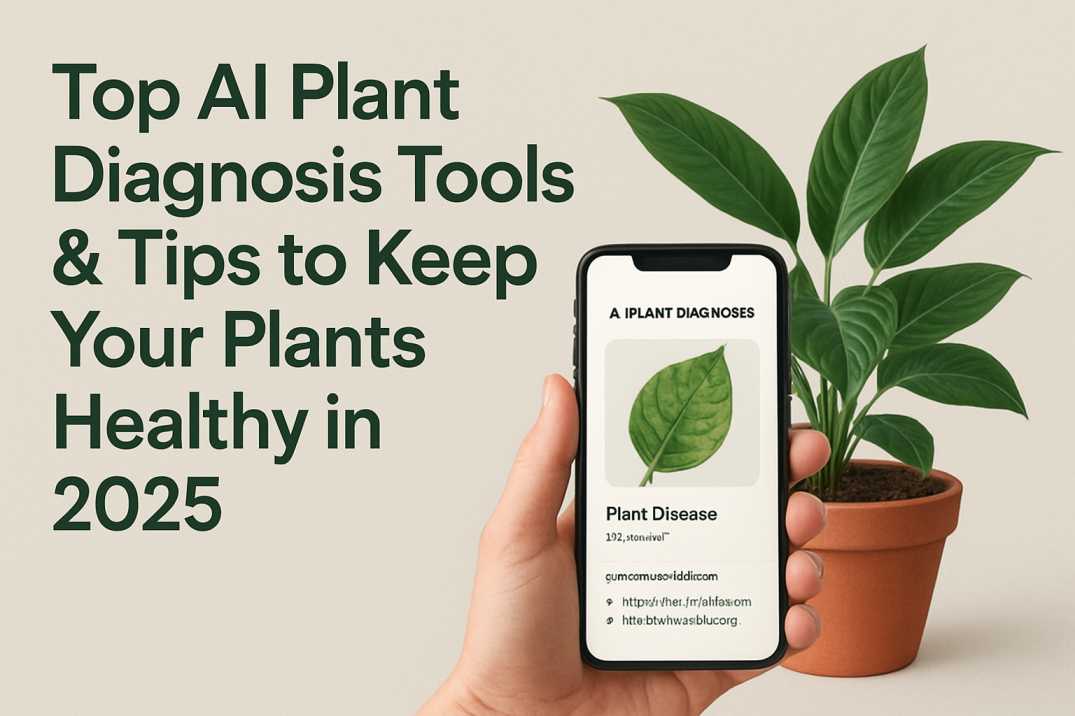AI-Powered Plant Disease Diagnosis: 2025’s Smart Solution for Indoor Gardens
Explore how free, AI-powered tools are revolutionising plant disease diagnosis in 2025—helping home gardeners detect issues early and restore plant health effectively.

Introduction: Why Smart Diagnosis Matters for Your Plants
If your favourite houseplant is showing unusual spots, wilting leaves or odd colour changes, waiting may cost you the health of the plant. With the rise of AI plant disease diagnosis tools in 2025, you now have access to smart, fast, and free online checks that help you identify problems early and act confidently.
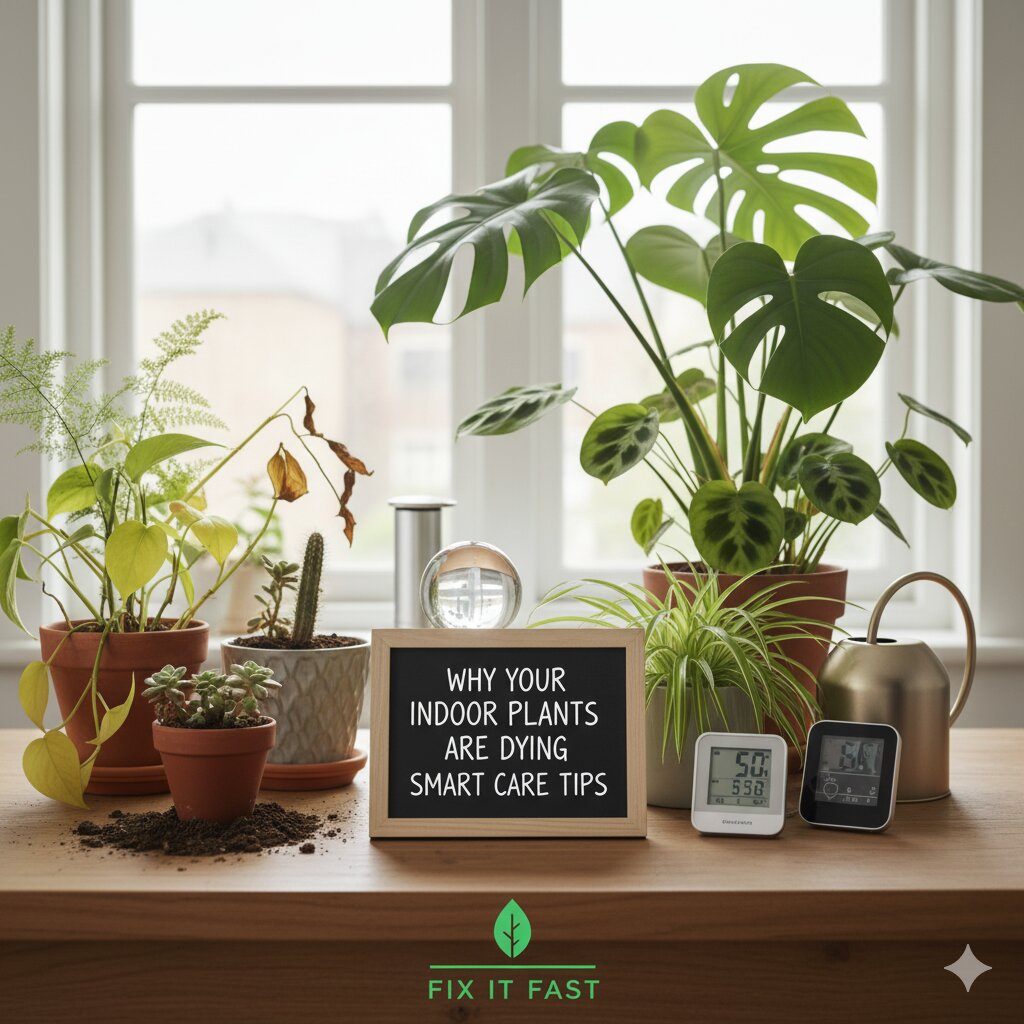
Image credit: Plant Solutions
1. The Rise of AI in Plant Disease Detection
Recent research confirms that traditional manual inspection methods are being supplemented by deep-learning models, image sensors and smartphone-based systems capable of detecting plant diseases more accurately and faster. These innovations are particularly helpful for indoor gardeners who don’t have access to specialist labs.:contentReference[oaicite:0]{index = 0}
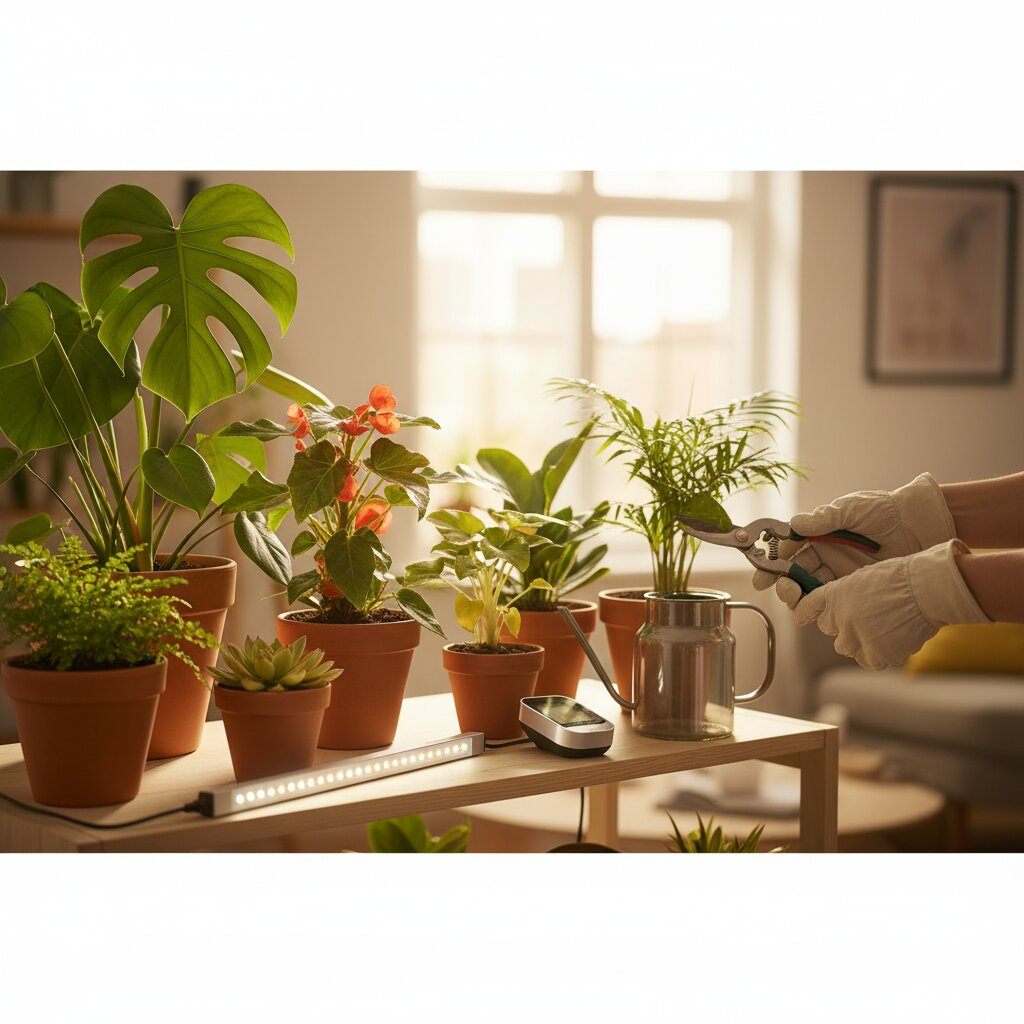
Image credit: Plant Solutions
2. How Free Online Tools and Mobile Apps Work
Many web-based platforms and mobile apps let you upload a photo of your plant’s leaf or stem. These tools analyse the image using large datasets and machine learning to recommend whether the issue is pest damage, fungal infection or nutrient deficiency—making diagnosis accessible to hobby gardeners.:contentReference[oaicite:1]{index = 1}
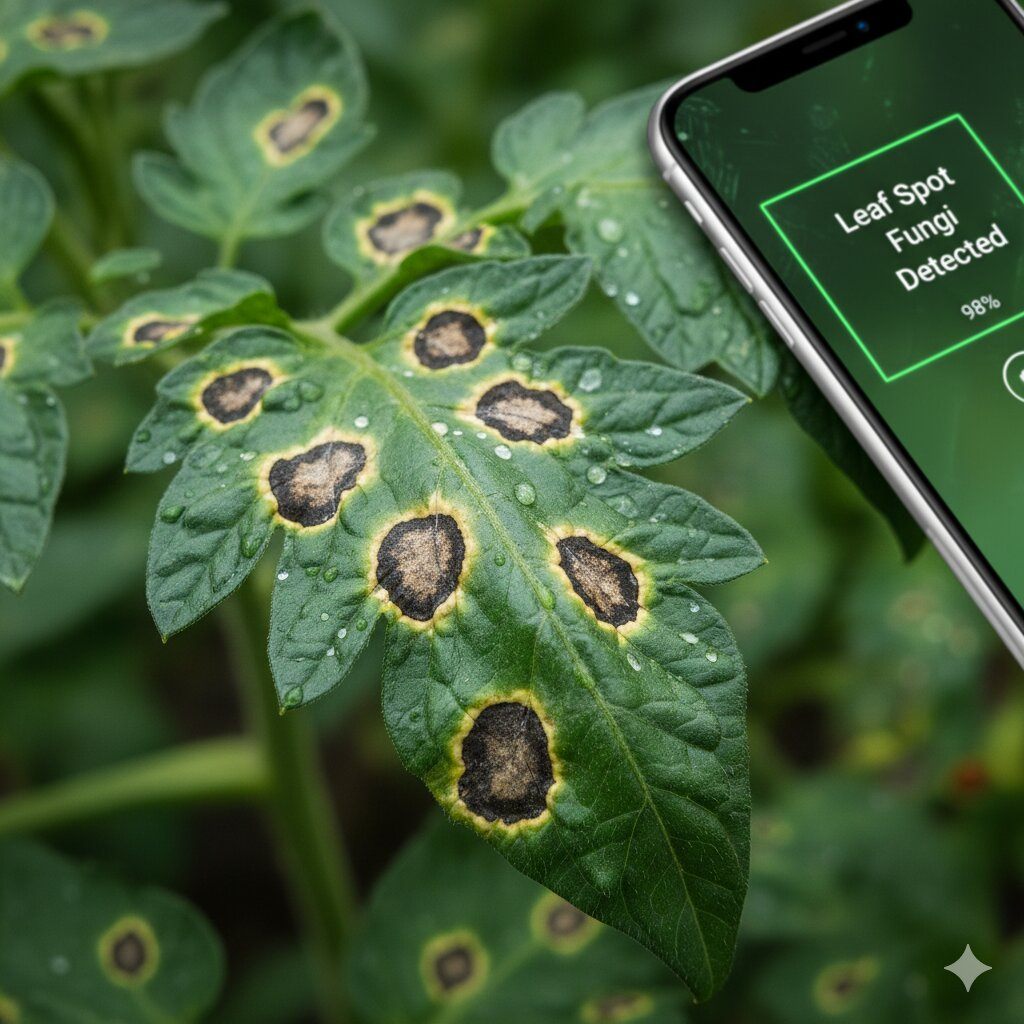
Image credit: Plant Solutions
3. Key Features of a Reliable Diagnosis Tool
When choosing a tool, look for features like image upload capability, species recognition, clear symptom explanation and treatment suggestions. These help you understand not just what the problem is, but what you should do next.

Image credit: Plant Solutions
4. Common Plant Issues Identified by AI Tools
AI-powered diagnosis can detect issues like leaf spot fungi, root rot, mite infestations and nutrient deficiencies—often before visible symptoms spread further.

Image credit: Plant Solutions
5. Step-by-Step: Use a Diagnosis Tool Effectively
Here’s how to get the most out of these tools: (1) Take a clear photo under good light. (2) Upload the photo and select your plant species if required. (3) Review the suggested diagnosis and treatment plan. (4) Monitor the plant after applying corrective care.

Image credit: Plant Solutions
6. Advantages and Limitations of Free Diagnosis Tools
The major advantages are accessibility and immediacy. Yet the tools may have limitations in accuracy when dealing with rare plant species or poorly lit photographs. Understanding these limits ensures you treat the tools as a smart aid—not the final word.
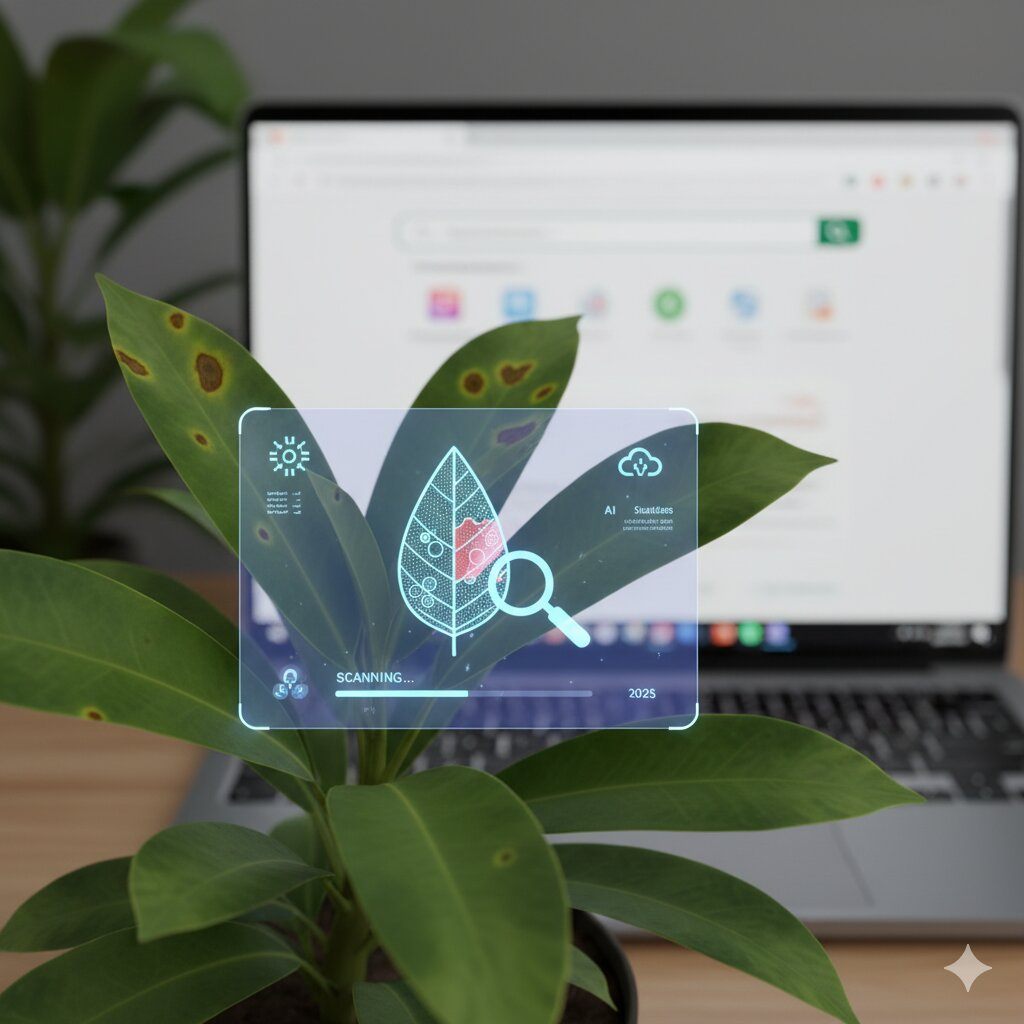
Image credit: Plant Solutions
7. Interpreting Results and Taking Appropriate Action
Once you get a diagnosis like “fungal leaf spot”, review your plant environment—check soil moisture, lighting, airflow, and pest presence. Use the tool’s recommendation to prune affected leaves, improve drainage or isolate the plant. Combine tool output with your own care routine for best results.
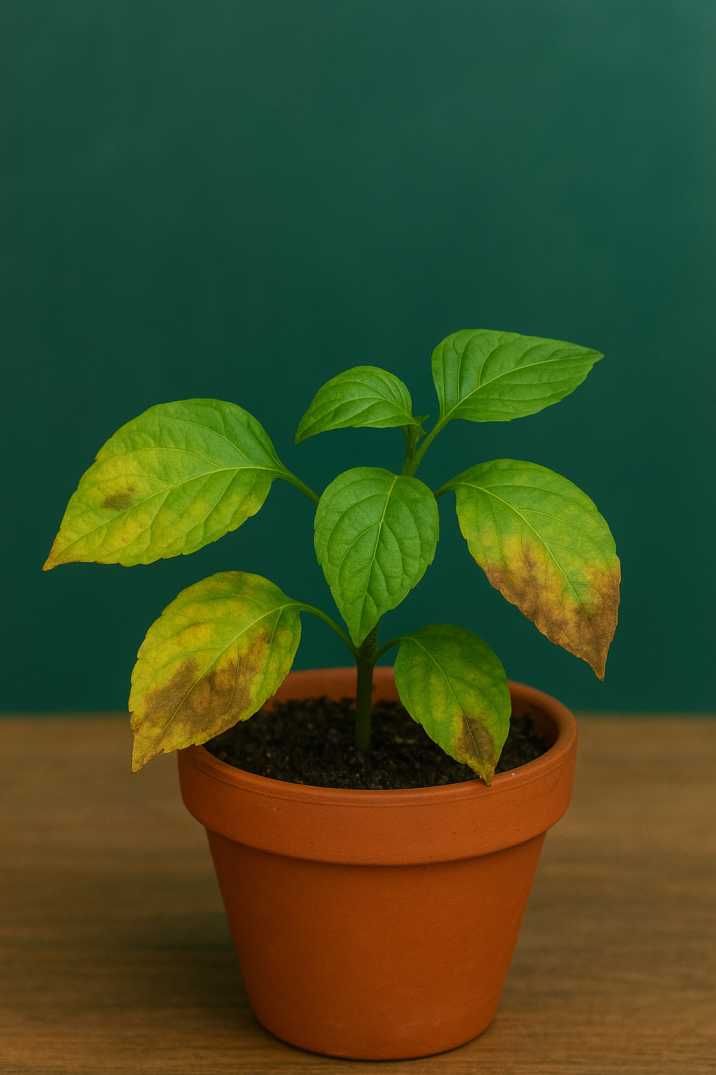
Image credit: Plant Solutions
8. Going Beyond Diagnosis: Preventive Plant Health Monitoring
Diagnosis is vital, but preventive monitoring changes the game—from checking plant images periodically to tracking health through apps. Regular monitoring helps you catch issues before they become serious.

Image credit: Plant Solutions
Final Thoughts
With the evolution of AI plant health check tools and free online diagnosis platforms, 2025 offers home gardeners more power than ever to protect their green spaces. Use these tools wisely, stay observant and combine digital insights with hands-on care to maintain lush, healthy plants.
